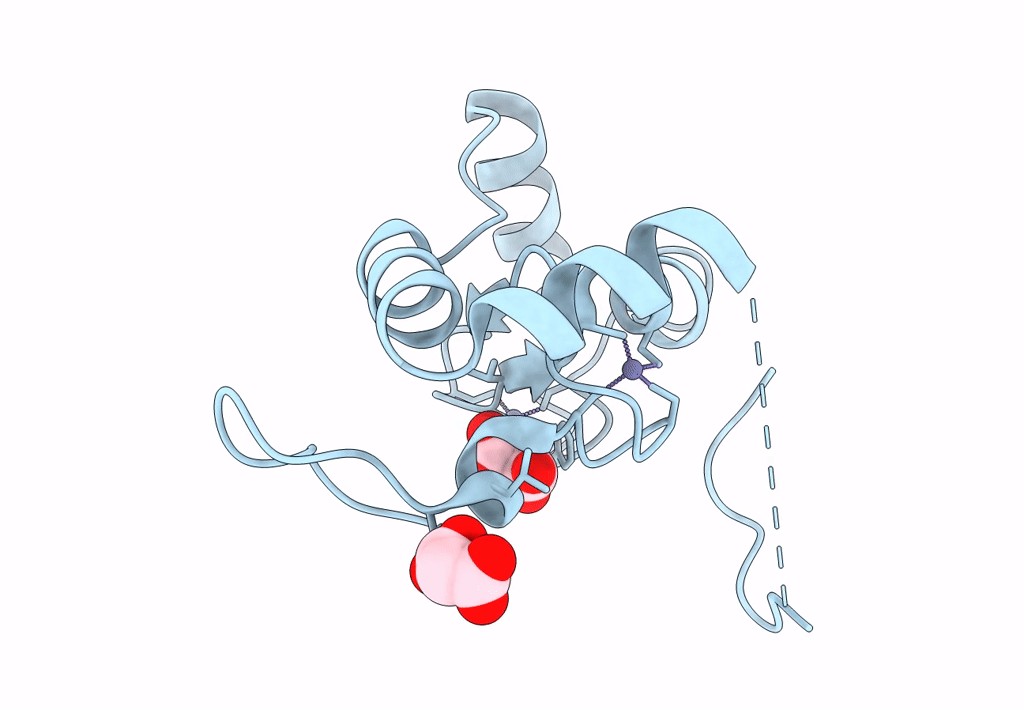
Deposition Date
2009-12-10
Release Date
2010-01-19
Last Version Date
2023-09-06
Method Details:
Experimental Method:
Resolution:
2.12 Å
R-Value Free:
0.21
R-Value Work:
0.18
R-Value Observed:
0.18
Space Group:
P 43 21 2


